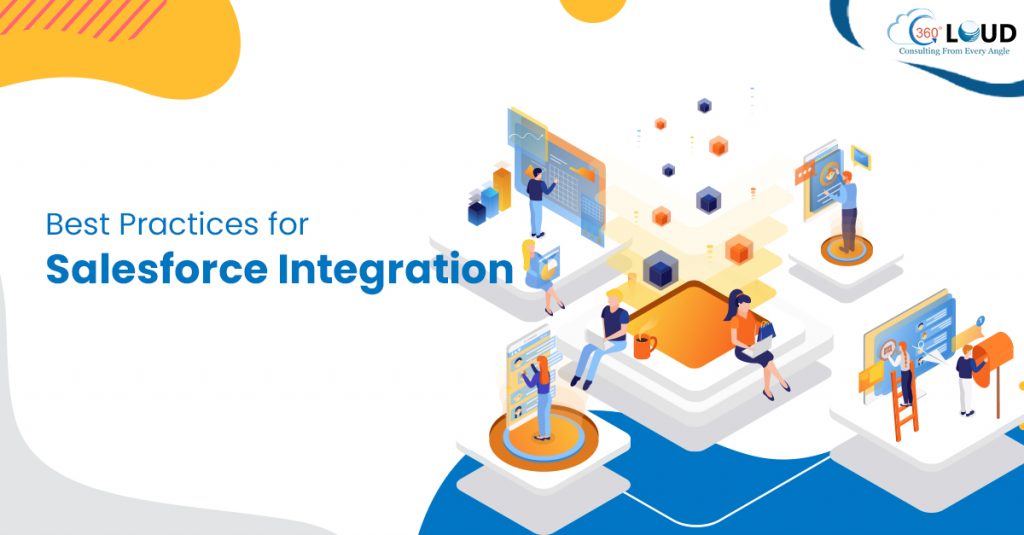For a successful Salesforce Integration strategy, it is important to determine the right way to leverage the robust APIs of Salesforce for effectively integrating data and streamlining operations. After that, Salesforce integration helps you get a holistic view of your process, a 360-degree view of your customers, and actionable data. But to achieve all of it, it is important to know the best practices for Salesforce integration that top Salesforce consultants follow.
There are many reasons why organizations prefer to go with Salesforce integration. Some of the common reasons are:
– To achieve a 360-degree view of customer data
– Streamlining of internal processes
– Minimizing manual workload
– Increase user adoption
Best Practices for Salesforce Integration Followed by Top Consultants
We have listed some of the best practices for Salesforce integration that can help a company reap the rewards of successful integration:
1. Maintain Data Quality
Before starting with Salesforce integration, it is important for the representatives to know the context of the data and clean it if needed. Accurate and timely information is essential to conduct the integration. The team should work on utilizing the available information in the right way and generate reports for effective decision-making.
The Salesforce integration team you hire should develop a thorough understanding of the details behind each data element utilized. The employees of the organization should only have access to clean data because outdated records might affect business reputation. So, having clean data at the source will make integration easier and efficient.
2. Error Handling
It is a serious possibility that an error might occur during Salesforce integration, and if not handled properly, might lead to disastrous consequences. You might have your system efficiently equipped to handle information transfer, but it might go weak when it comes to handling errors.
Such an error might lead to significant data loss in case there is no backup maintained. Salesforce integration services thus give enough attention to maintaining a proper error handling system that alerts you to any potential errors so they could be timely fixed.
3. Consider Integration Process Carefully
Before initiating integration, it is important to be aware of a clearly defined process. For this, the Salesforce experts should:
- Mention the endpoints and data flow to be maintained between them. This allows easy staging and quick data modification before its transmission.
- Make provisions for an effective connection to conduct custom integration.
- Data delivery for different applications should also be defined within the process.
- They should also limit and control access to trusted users.
4. Follow a Structured Approach
Earlier data integration was done by building direct batch interfaces where data was extracted to a file that was sent to the target system and imported via a batch job. The process had some pitfall like:
- You had to figure out the right way to deal with incorrect data.
- You had to come up with ways to keep the systems in sync.
But nowadays, Salesforce developers follow a structured approach for integration which is more cost-efficient and robust, where most of the work by configuration and mapping of data. The process is mainly followed in three steps:
- STEP 1: Defining business processes and scope of data integration.
- STEP 2: Connecting systems via the data integration platform.
- STEP 3: Sync the systems.
Leverage the Best Practices for Salesforce Integration with Experts
If not done the right way, failed Salesforce integration would lead to wasted time and resources, data loss, errors, and user frustration. The best way to avoid this is to hire Salesforce integration experts who can deliver intelligent and connected customer experiences.
With a decade-long experience under our belt, we can offer the best assistance for any of your Salesforce-related concerns. Get in touch with us to know more about our wide array of Salesforce services.
